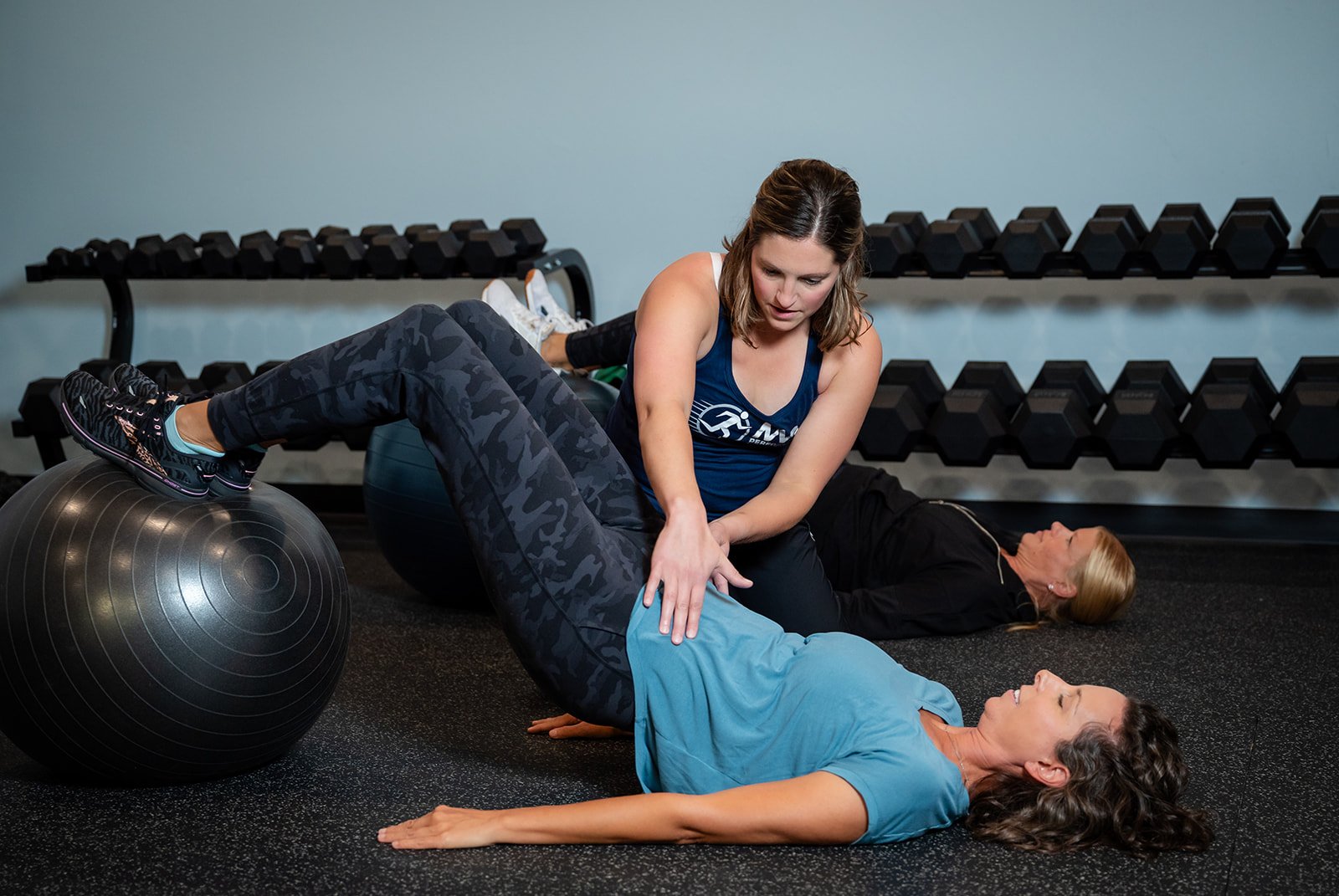Managing Overactive Bladder and Urinary Urgency with Physical Therapy
Overactive bladder (OAB) and urinary urgency can be frustrating and disruptive, affecting daily activities, sleep, and confidence. Frequent urges to urinate, difficulty holding urine, and occasional leakage can interfere with work, exercise, and social life. Many people assume these issues are just part of aging or something they have to live with—but that’s not the case.
Physical therapy offers a highly effective, non-invasive approach to managing OAB and urinary urgency. By focusing on pelvic floor muscle function, bladder retraining, and lifestyle adjustments, physical therapy helps individuals regain control and reduce symptoms.
At MVMT GB in Green Bay, WI, our expert physical therapists specialize in pelvic health and bladder dysfunction, providing personalized treatment plans to help you improve bladder control and restore confidence. In this guide, we’ll explore the causes of overactive bladder, how physical therapy can help, and what to expect from treatment.
READ: Transforming Pelvic Health: How MVMT GB Supports Men and Women with Expert Physical Therapy
How Physical Therapy Helps with Overactive Bladder
Physical therapy offers a targeted, non-invasive approach to improving bladder control and reducing urinary urgency. Through specialized techniques, a physical therapist can help retrain the bladder and strengthen the pelvic floor for long-term symptom relief.
1. Strengthening and Retraining the Pelvic Floor Muscles
Weak pelvic floor muscles can contribute to frequent urges and leakage.
A therapist will guide you through pelvic floor strengthening exercises, such as:
Kegels (properly performed) to improve muscle endurance.
Functional training to activate the right muscles during daily activities.
Relaxation techniques for individuals with overactive or tight pelvic floor muscles.
2. Bladder Retraining Techniques to Improve Control
Many people develop habits that train the bladder to signal urgency too frequently.
A physical therapist can create a bladder training program, which may include:
Scheduled voiding to increase the time between bathroom visits.
Urge suppression techniques, such as breathing exercises and muscle contractions.
Hydration and fluid timing strategies to regulate bladder function.
3. Manual Therapy and Relaxation Strategies to Reduce Urgency
If muscle tension or scar tissue is contributing to bladder dysfunction, hands-on therapy can help.
Techniques like myofascial release, trigger point therapy, and deep breathing exercises improve pelvic muscle coordination and relaxation.
Learning how to properly engage and release the pelvic floor muscles reduces overactive signals and urgency.
By combining strengthening, retraining, and hands-on therapy, physical therapy helps restore bladder function naturally without the need for medication or surgery.
READ: From Sideline to Spotlight: Injury Prevention Strategies Tailored for Green Bay Athletes
What to Expect from Physical Therapy for Overactive Bladder
If you’re considering physical therapy for overactive bladder, you might be wondering what the process looks like. At MVMT GB in Green Bay, WI, our approach is tailored to your specific symptoms, lifestyle, and goals to ensure long-term relief.
1. Initial Assessment and Discussion of Symptoms
Your first session will include a comprehensive evaluation where your therapist will:
Review your bladder habits and medical history.
Identify any postural or movement patterns affecting bladder function.
2. Common Treatments Used in Physical Therapy
Based on your assessment, your therapist may incorporate:
Pelvic floor exercises to improve muscle strength and control.
Bladder retraining techniques to gradually reduce urgency.
Manual therapy to release tension in the pelvic region.
Postural and core training to support bladder function.
3. Lifestyle Modifications Recommended by Physical Therapists
Along with hands-on treatment, your therapist may provide:
Guidance on hydration and diet to avoid bladder irritants.
Relaxation techniques to reduce stress-related urgency.
Daily movement strategies to improve bladder control in real-life situations.
With consistent therapy and at-home exercises, many individuals experience significant improvement in symptoms, leading to greater confidence and freedom in daily life.
Why Choose MVMT GB for Overactive Bladder Treatment in Green Bay?
Regaining control over your bladder can feel overwhelming, but with the right treatment, lasting relief is possible. At MVMT GB in Green Bay, WI, we take a personalized, evidence-based approach to helping individuals manage overactive bladder and urinary urgency through physical therapy.
Specialized Physical Therapy Approach for Bladder Control
We focus on pelvic health and bladder dysfunction, offering targeted treatments for OAB.
Our therapists use a combination of pelvic floor training, bladder retraining, and manual therapy for optimal results.
We prioritize one-on-one care, ensuring every treatment plan is tailored to your unique needs.
Experienced Therapists Providing Personalized, One-on-One Care
Our team is highly trained in pelvic health therapy, using the latest techniques to improve bladder control.
We provide comprehensive assessments and individualized treatment plans to help you feel confident in your recovery.
Whether you’re experiencing mild urgency or severe disruptions, we’ll work with you to restore bladder function naturally.
Start Improving Your Bladder Control Today
Overactive bladder doesn’t have to control your life. With the right physical therapy approach, you can reduce urgency, improve bladder function, and regain confidence in your daily routine. Schedule an appointment with MVMT GB and take the first step toward lasting relief today!

